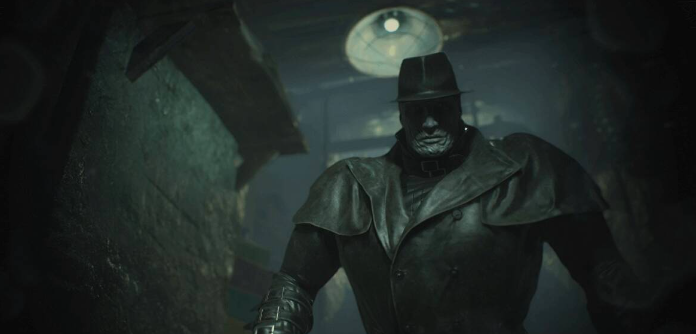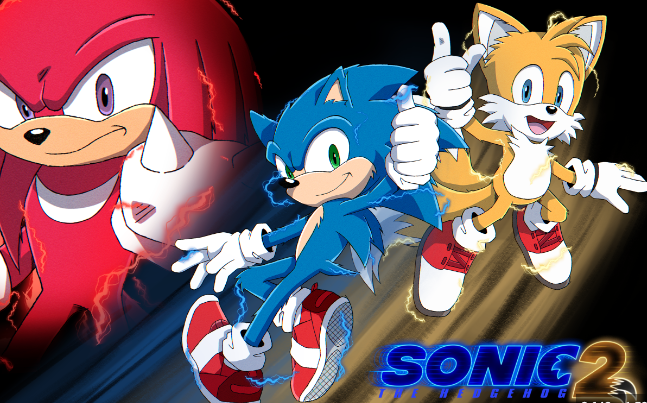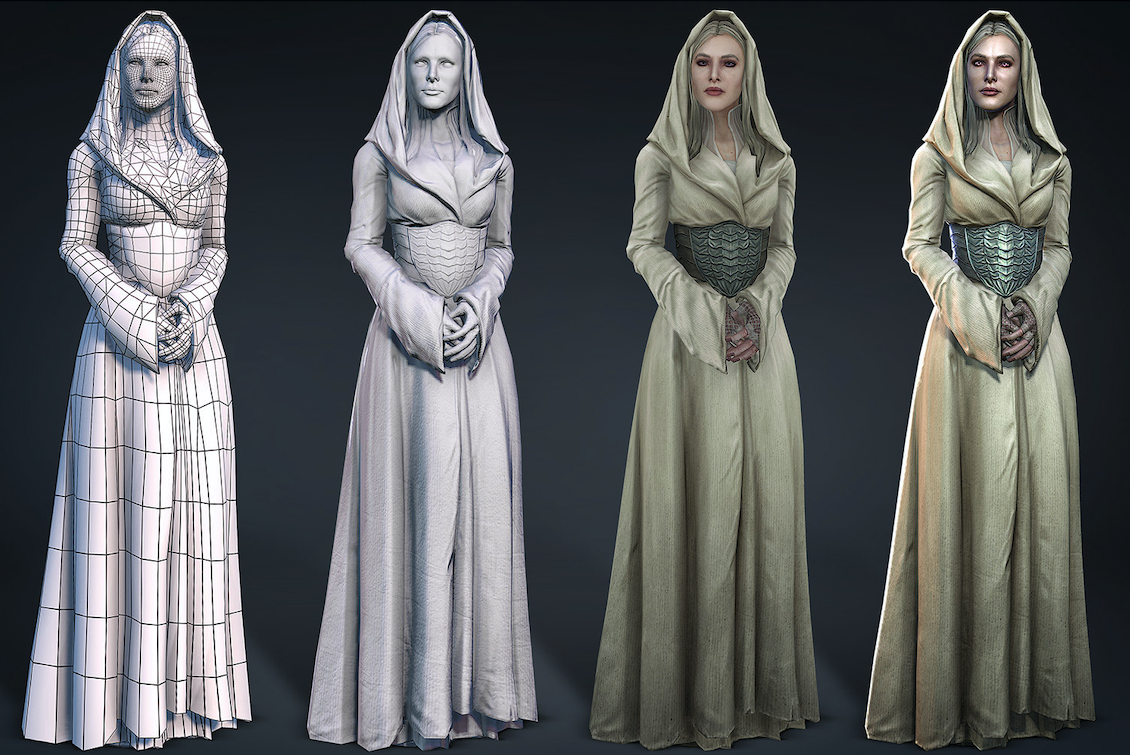Designing a video game character is a crucial aspect of game development that requires careful consideration of various factors. After all, a well-designed character can capture the player's attention, create a connection with them, and enhance the overall gaming experience.
Examples like Mario, Lara Croft, Kratos, and Master Chief show how a successful character design can lead to an iconic status in the gaming world.
In this article, we will explore the process of designing a compelling video game character and the key elements that make a character stand out.
Understanding the Game and the Character
Before you even think about starting the design process, understand the genre, story, and mechanics of your game. The character you design should align with the overall tone and theme of this game.
For example, a horror game character needs to be gritty, horrifying, or generally unsettling. Take Mr. X from Resident Evil 2, for example. He has a large, imposing figure that’s further accentuated by his black trench coat — a fantastically unnerving character that fits the narrative.

Say you’re developing a colorful platformer with a bright & adventurous tone instead. For this type of game, a character like Mr. X would be completely out of place. But replace him with the cute blob that is Kirby or a lovable animal mascot like Sonic, and you have an iconic character.

If you're designing characters for a slot machine for an online casino, the characters will also vary widely depending on the theme.
In all of these cases, the characters become extremely popular and well-liked because they fit the world and tone of their games flawlessly.
Sketching and Concept Art
Once you have a clear understanding of your game’s world, themes, and tone — you can move on to the sketching and concept art phase.

This process typically starts with brainstorming ideas and exploring different directions until a clear vision of the character emerges. This vision can then be translated into rough sketches and rudimentary art to flesh out the character's appearance and personality. Here are a few key factors to consider:
Appearance
The character's appearance should be visually appealing and distinctive. It should also have unique features that make it stand out from other characters. Their clothing and accessories should also reflect their personality and role in the story.
For example, a character who is a wizard might wear flowing robes and carry a wand, while a warrior character might have armor and a weapon.
Personality
The character's facial expression, body language, and overall demeanor should reflect their personality traits. A character who is cheerful and optimistic might have a bright, friendly smile with a soft-colored outfit — like Princess Peach from the Mario bros series.
Backstory
Lastly, the character's backstory should inform their design. Their experiences and history should be reflected in their appearance and accessories. For instance, Mario is supposed to be a plumber, so he wears denim overalls with large pockets to store his tools.
Modeling, Texturing, Animation, and Rigging

Now that you have a complete character in mind, it’s time to realize your vision with the following steps:
Modeling
Modeling refers to the process of creating a 3D mesh for the character using 3D modeling software such as Maya or Blender. This mesh represents the shape and silhouette of the character in 3D space and is the foundation for building the character's final design. Try to keep the polygon count of your model low to ensure optimal performance.
It is also important to understand the character's intended purpose and the level of detail required for the game. A hyper realistic model with perfect human anatomy is suitable for Red Dead Redemption 2. But, a much simpler design will work just fine for the latest Pokemon game.
Texturing
Texturing involves adding color and detail to the model with tools like Substance Painter or Photoshop. Textures are what make the grayscale 3D model come to life and turn it into a recognizable character. Just make sure your color and material choices match the character’s original concept.
Rigging
Rigging is the process of creating a digital skeleton for the character. This skeleton allows you to add movement to the character with both baked and real-time animations.
The rig should be easy to use and intuitive, with clearly labeled controls for each body part. It is also important to ensure that the rig is properly aligned and weighted to prevent distortion during animation.
Animation
The animation process includes creating movement for the character using the rig. Modern game engines like Unity and Unreal allow you to complete this step with keyframe animation or motion capture data. You can also use a mix of both to fit your vision.
In general, the final result should be smooth and properly timed/paced for the game. Keep in mind that these animations are what inform the player about the character’s movement style — whether it’s fast, slow, cool, or chaotic.
Key Point To Remember
Make sure your character is easy to rig and animate by avoiding mistakes like high poly counts or N-gons (polygons with more than three sides). This will ensure smooth movements, reduce development time/cost, and minimize glitches in the final game.
Final Touches
The last step in your character creation process involves polishing your work. Play around with different types of lighting that will be in the game and see how the character looks in those conditions. This way you can fix areas that are needlessly bright or too dark before the character’s inclusion in the game.
You can also add particle effects & sound effects to the character’s attacks and movements. This will make the character appear as an inherent part of the game world and not a free-standing 3D model.
Conclusion
In most cases, unique characters are what emotionally bind players to a game. Doom games aren’t as fun without the hulking figure and brute personality of the Doom Slayer. Halo isn’t an epic adventure without the determination and leadership of Master Chief.
So, treat your characters like a core part of the game and ensure that their designs represent this status.
